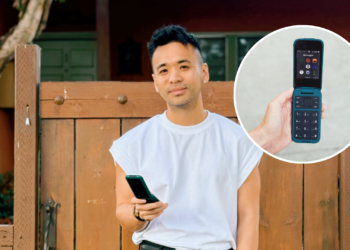Twice a week, dozens of mostly Chinese immigrant older communities head to a tai chi class in South Brooklyn, New York, so they can flow along to the art form’s steady movements while dedicating a deep focus to every breath, every muscle.
Tai chi classes may not match the quintessential image of mental health treatment, but behind the soft background music and fluid motion are moments for participants to quell their anxieties and focus on wellness. They’re also able to skirt some of the stigma that can be attached to professional help, said Don Lee, the chairman of Homecrest Community Services, the nonprofit organization that hosts the classes.
Treatment that’s done through a Western framework, like traditional talk therapy, isn’t always inclusive of and as effective for everyone, often failing to honor Asian family dynamics, cultural values and racial sensitivities, experts said. But in recent years, other, more culturally fitting methods have been on the rise.
The Asian American Mental Health Roundtable, for example — a collective of organizations that offer nonclinical services, including Homecrest — has seen a growing need for mental health help, in part highlighted by the mental toll of the pandemic on the community. And it has resulted in an estimated 20% increase in the number of local organizations joining the roundtable since 2020, the majority of them pivoting to prioritize mental health access.
From tai chi and yoga to nurturing online mental health-focused communities aimed at the children of immigrants, a growing number of Asian American professionals are expanding the boundaries of mental health care for the community by championing supplementary or alternative methods that incorporate elements of their heritages.
“The further you are from Western culture — and that might be because of your immigration history, your age, your language capacities — the less likely that talk therapy would work, because you’re being asked to…
Read the full article here





